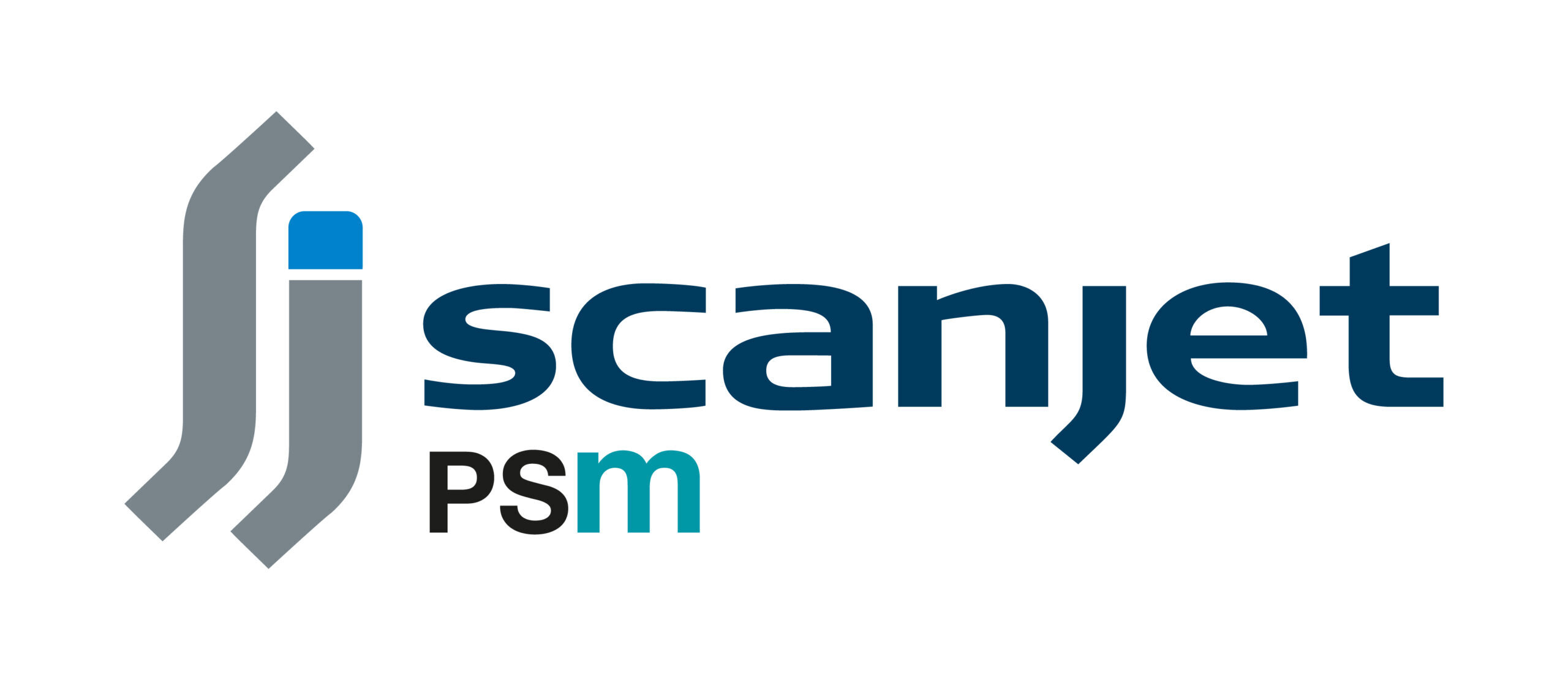- Joined
- Jun 21, 2018
- Messages
- 1,481
What would the old time Captains response be with a Third Mate showing up with this? Whats your best Celestial Nav. stories?

 psminstrumentation.com
psminstrumentation.com

The Digital Sextant - PSM Instrumentation
Certified Digital Sextant to give you accurate location identification and a reliable back-up in case of GPS failure at sea.
 psminstrumentation.com
psminstrumentation.com
